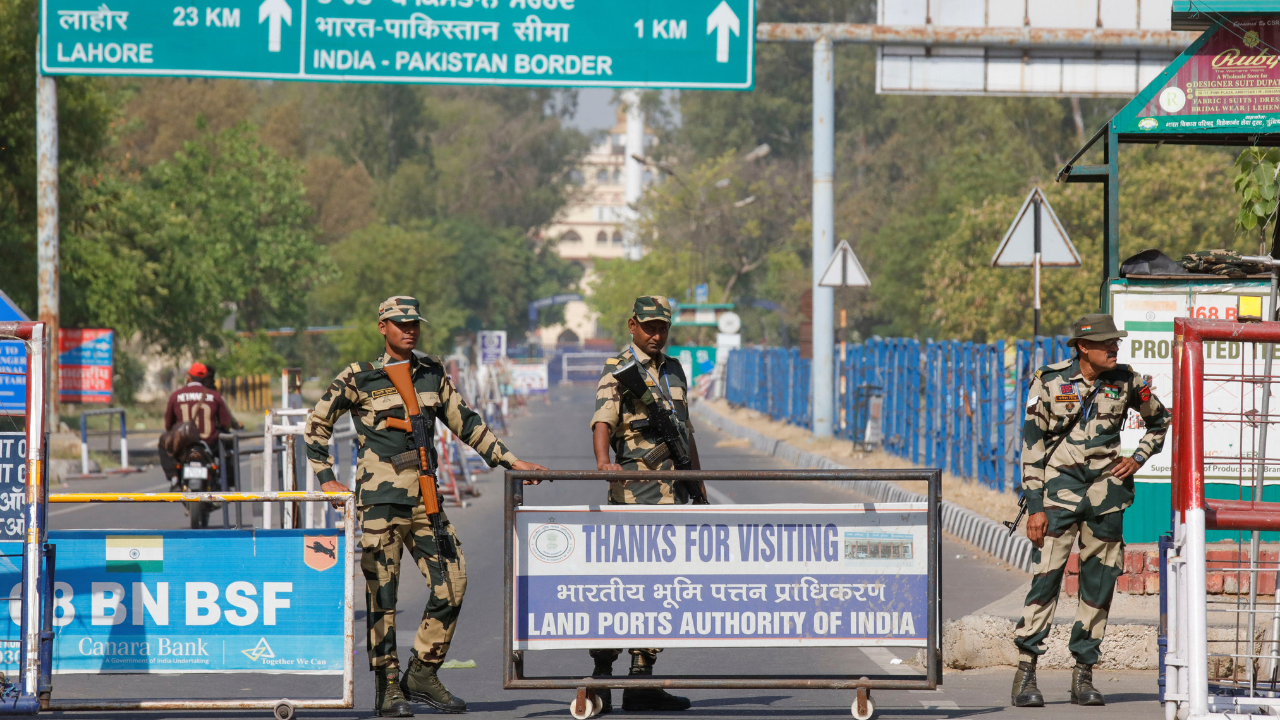India – Parker tie from low ground to abyss


Photo Title: In view of the atrocities, only serious escalation is expected, but its goals should be clear
A major terrorist attack, a huge human tragedy, national anger and distress, and the Indian-Pakistan crisis…it is almost no strange situation. This choreography has been part of a script that has been many times this century, and its precedent dates back to the 1980s and 1990s.
There is a terrain ahead. After the terrorist attack on our parliament in December 2001, the then Foreign Minister late Jaswant Singh wrote about the challenges he faced. In addition to sending a message to Pakistan, including it diplomatically and defeating terrorism locally, there is an internal and external challenge. He said the internal challenge is to carry the mood of the country, curb its belligerence, desire for revenge and revenge, but to make it feel fulfilled. “The external challenge is to “believe in the beliefs of the international community and thus hold the opinions of the international community.”
Since then, we have encountered many variations of the situation in 2001. A set of response packages designed may vary in each case, but are still at the core, which are various measures targeting Pakistan, the international community and domestic public opinion. Indeed, after the Pulwama terrorist attack, several gaps were added to the military components of the overall response. But even earlier, the force element never completely non-existent.
A series of measures announced by the Indian government and the countermeasures announced by Pakistan reflect the overall Indian-Pakistan relations. This relationship has been gradually hollowed out after the legislation changes in August 2019 after major terrorist attacks in 2016 (such as the measures announced by URI (2016) and Pulwama (2019) and the Pakistani government. There is no high level contact at all; the downgrade of diplomatic relations and their respective high commissions; the ban on trade; the freeze of civil society, cultural and sports ties; and the closure of all conventional travel modes such as buses, trains, etc.
However, this close to zero relationship has also gained some stable characteristics over the past four years. The February 2021 ceasefire proves this. Surprisingly, unexpectedly mature treatments were carried out for potentially very serious situations, such as missile errors launched in March 2022; the visa-free corridor in Qatarpur Sahib reopened in November 2021. There is no doubt that this is a very low plateau minimum stability, but this is still stable.
Over the past 60 years, such stable periods have often led to some efforts to restore relationships. In many ways, this contributes to the upper jagged nature of the relationship, which is its most frustrating feature. However, this time, the relationship has remained almost the same for the past four years, and in a sense, frozen on the low ground, bilateral diplomacy has been suspended. Pahalgam’s anger has now pushed it from this low ground into the abyss.
Some diplomatic measures announced by India, following Pahalgam’s anger, have since been responded and reiterated by Pakistan that it is symbolic. India’s announcement that it will shelve the Indian Waters Treaty is undoubtedly new and more serious. Its direct impact is limited, but this means that regular meetings of the Indian Council will not occur and that conventional information sharing that occurs during flood season will not occur. However, this step is of great significance for Pakistan, as it directly contacts with its sensitivity as a lower bank and points to the anxiety that has been around since 1947. Pakistan’s hyperbolic reactions have put water disruptions in par with acts of war, highlighting these high sensitivity, announcing that it will exercise its right to temporarily hold all past treaties with India.
But, all in all, none of these measures are done much except bringing the relationship close to zero to closer to zero. Relatedly, they reflect a high state of tension and realize that this is just the starting point for potentially very serious escalation. Given the scale of atrocities we have visited, this is expected. In adversarial relations such as those that exist between India and Pakistan, coercive measures in this case are often inevitable. Importantly, however, they are embedded in clinical design policies, whose clear goals are feasible and what is not.
Disclaimer
The views expressed above are the author’s own.
End of the article






